1. No Flamingos Allowed
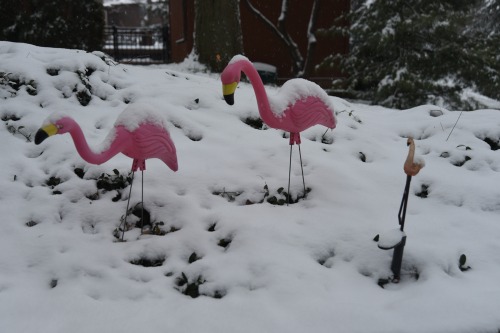
One of the strangest rules some HOA communities enforce is a ban on the beloved plastic flamingo lawn decorations. You know the ones: bright pink, kitschy, and seemingly harmless. However, in some neighborhoods, these flamingos are seen as an eyesore, and homeowners can face hefty fines if they place them on their lawns, according to the Deeley Insurance Group. The reasoning behind this rule is often based on maintaining uniformity and preventing “tacky” appearances. For some residents, this might seem like a harmless bit of whimsy, but for the HOA, it’s a matter of preserving the community’s aesthetic appeal.
While this may seem like a minor thing, it’s a great example of how strict HOA guidelines can limit personal expression. For people who love quirky decorations or enjoy adding character to their property, this rule could feel overly controlling. After all, it’s not like the flamingos are causing any harm—they’re just a harmless bit of fun. Still, some HOAs feel they have the power to regulate such seemingly innocent displays in order to maintain their ideal version of neighborhood harmony.
2. No Street Parking During Certain Hours
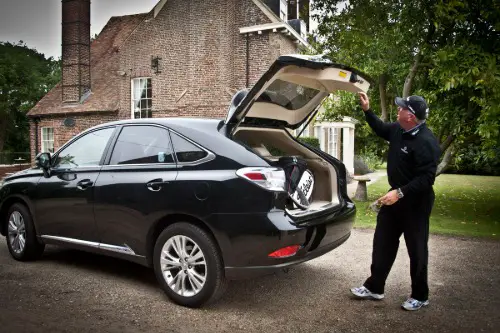
For some homeowners, the idea of not being able to park on the street in front of their own house might seem bizarre, but some HOAs enforce just that. In certain communities, there are strict parking rules that prohibit residents from parking on the street during specific hours—often overnight or during peak traffic times, according to the Blue Lime Insurance Group. The goal is to keep streets clear and orderly, preventing vehicles from cluttering the neighborhood.
This rule can be especially problematic for families with multiple cars or for guests who need to park. While the HOA’s reasoning is based on maintaining a tidy, uniform look, it can make life difficult for residents who might not have enough space in their driveways. The enforcement of this rule means that even a short-term visitor or delivery driver could get ticketed if they park on the street, making a once-simple act of parking feel like a hassle.
3. No Holiday Decorations Before Thanksgiving

Some HOA communities take holiday decor to a whole new level of regulation by restricting when you can put up your holiday decorations. In some places, it’s a rule that you can’t display any Christmas or other seasonal decorations before Thanksgiving. The reason behind this rule is typically to prevent neighborhoods from becoming “too festive” too early and to maintain a certain visual consistency, according to Elite Management Services.
While the intention is to avoid cluttered, disorganized streets, for some residents, this rule feels over the top. Holiday decorations are often a source of joy and tradition for many families, so being told you can’t express that holiday spirit until a specific date can be frustrating. It’s one of those rules that highlights just how much control an HOA can exert over personal celebrations, even if it’s just about when you can start getting in the holiday mood.
4. No Outdoor Clotheslines
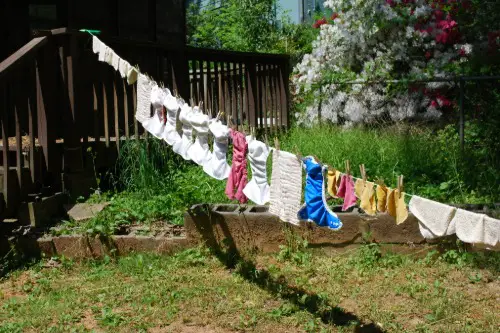
In some neighborhoods, one of the most unusual rules involves the prohibition of outdoor clotheslines. While you might assume that drying clothes outside is a harmless, eco-friendly activity, certain HOAs ban it due to concerns about aesthetic standards. The idea is that clotheslines could be considered an eyesore, disrupting the uniform and “neat” appearance of the neighborhood, according to House Digest.
For homeowners who prefer air-drying their clothes or who want to avoid using a dryer to save on energy costs, this rule can be especially irksome. It’s one of those regulations that shows just how far some HOAs are willing to go to control not just how the homes look but also how their residents live. For those who prefer a more sustainable lifestyle or simply enjoy the feeling of freshly sun-dried laundry, this rule can feel unnecessarily restrictive and outdated.
5. No Above-Ground Pools
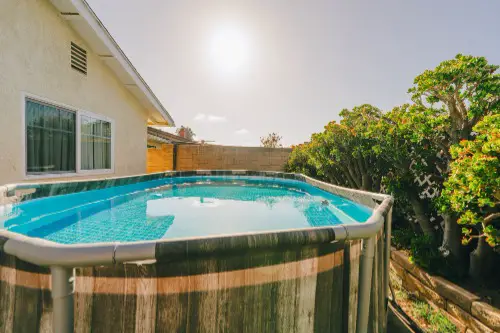
Imagine you want to install an above-ground pool in your backyard to cool off during the summer heat, only to find that it’s prohibited by your HOA. In many neighborhoods, above-ground pools are banned in favor of in-ground pools, which are seen as more “aesthetically pleasing.” The reasoning here is that above-ground pools can be unsightly, disrupting the visual cohesion of the community, and might lower property values, according to The Little Pool Co.
For many homeowners, the cost of installing an in-ground pool simply isn’t feasible. However, the HOA’s stance means that even the more affordable, temporary options for pool installation are off the table. It’s a rule that raises questions about how much control an HOA can have over what homeowners choose to do in their own backyards, and how that control impacts a homeowner’s quality of life. It’s one of those rules that makes you rethink the meaning of personal space.
6. No Exterior Paint Colors Outside a Specific Palette
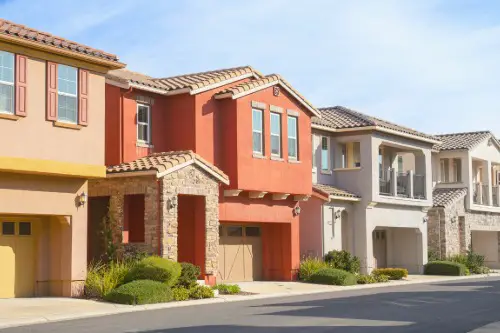
Imagine you’ve finally decided to repaint your house and have your heart set on a bold, vibrant color—only to find out that the HOA has strict rules about the colors you can use. Many HOAs require homeowners to choose from a pre-approved palette of colors, often based on neutral tones and hues that match the rest of the neighborhood’s aesthetic. The reasoning behind this is usually to maintain a “uniform” and pleasing look for the community, but it leaves little room for personal flair.
For homeowners who want to express themselves through their home’s appearance, this rule can feel particularly restrictive. It’s more than just about picking a shade you like—it’s about conforming to a very specific set of guidelines that are designed to ensure the neighborhood looks cohesive. In some ways, this rule could be seen as limiting creativity and personal taste, forcing residents to pick from a narrow selection of colors in order to avoid fines or penalties.
7. No RVs or Boats in Driveways
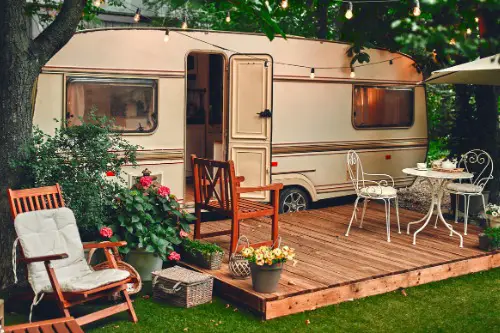
For many people, having an RV or a boat is a dream come true. However, if you live in certain neighborhoods, you might be prohibited from parking these vehicles in your own driveway. Many HOAs enforce rules that prohibit RVs, boats, and sometimes even trailers, from being parked in driveways, citing aesthetic concerns or the belief that such vehicles can be eyesores.
While the rule may make sense if large RVs or boats are taking up space on narrow streets or obstructing views, it can be particularly frustrating for homeowners who use their RVs for vacations or who simply enjoy outdoor activities. It’s one of those rules that’s based on appearance rather than functionality, leaving homeowners to figure out where to park their recreational vehicles without disrupting the neighborhood’s “look.” The added inconvenience of finding storage outside of the neighborhood can be both time-consuming and costly.
8. No Political Signs

In many HOA communities, displaying political signs in your yard is not allowed. This rule is often justified by the idea that political messages could disrupt the sense of harmony and neutrality in the neighborhood. Whether you’re supporting a candidate or expressing a political viewpoint, putting a sign in your yard could lead to fines or conflicts with the HOA.
While this might seem like a way to prevent divisiveness, for many, it feels like a restriction on free expression. Political signs are a common way for people to voice their opinions and engage with the political process, but in certain neighborhoods, those signs are seen as disruptive. This rule can be especially frustrating during election seasons, when residents might feel strongly about a particular candidate or issue, only to be told they can’t publicly show their support.
9. No Home-Based Businesses

In some communities, running a business out of your home is strictly prohibited. Whether it’s an online store, a freelance office, or a daycare, many HOAs have rules that prevent homeowners from operating businesses on their property. The rationale behind this is often that home-based businesses could create disruptions, like increased traffic, noise, or a “commercial” feel to the neighborhood.
This rule can be a major obstacle for people who want to work from home or start their own small business. For many, it’s a matter of practicality—working from home saves time and money—but for the HOA, it’s about maintaining the residential nature of the community. The restrictions can feel limiting, especially as more people turn to remote work or home-based businesses, making this rule feel outdated in an increasingly entrepreneurial world.
10. No Solar Panels
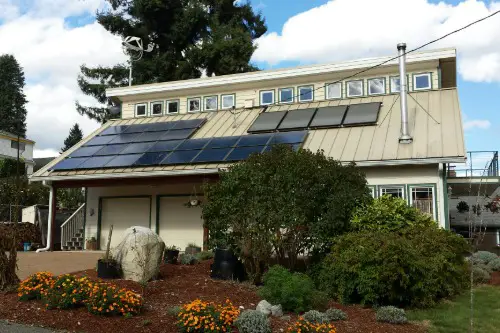
As renewable energy becomes more popular, many homeowners are looking to install solar panels on their roofs to reduce energy costs and their environmental footprint. However, in some neighborhoods, HOAs place strict rules on solar panels, or even outright ban them. The argument is that solar panels can disrupt the uniformity of the neighborhood’s appearance and might be considered unsightly.
This rule has become more controversial as more people seek sustainable energy options. For homeowners who want to go green, this can be a frustrating roadblock, as it not only limits their ability to make eco-friendly choices but also forces them to adhere to a narrow view of what’s considered visually acceptable. In some cases, it’s a choice between reducing your carbon footprint or keeping the neighborhood’s “look” intact.
11. No Trampolines
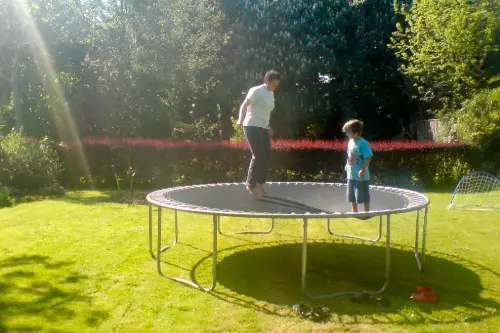
Trampolines are a favorite pastime for many families, but in some neighborhoods, they’re considered a hazard and are outright banned. HOAs may argue that trampolines present safety concerns or can create clutter in the yard, both of which are not conducive to the neighborhood’s “neat” appearance. For many families, this rule can be a major frustration, especially during summer months when kids are eager to jump around.
While safety is a legitimate concern, many families find this rule overly restrictive. Trampolines can be a great way for kids to stay active and entertained, but if you live in a neighborhood with a strict HOA, you might be out of luck. It’s another example of how HOAs can influence what residents can and can’t do in their own backyards, even when it comes to activities that are seemingly harmless.
12. No Fence Above a Certain Height
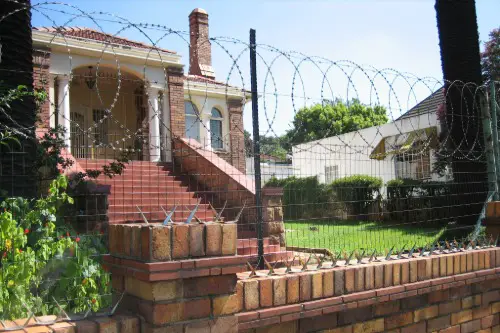
In some neighborhoods, you may find that there are strict limitations on how tall you can build a fence in your own yard. Many HOAs enforce these rules to ensure that fences don’t block the view of the neighborhood or disrupt the flow of the streetscape. In some cases, the height restriction applies to all fences, while in others, only fences in front yards are affected.
For homeowners who want a little more privacy or security, this rule can be a real frustration. A tall fence might be necessary to keep out prying eyes or to create a safer environment for children or pets, but if the HOA has set a limit on height, your options are severely limited. This rule shows just how far HOAs will go to maintain a certain look in the neighborhood, even if it means preventing homeowners from putting up a fence that would make them feel more secure.


